The Met Gala has always been synonymous with glamour, grandeur and jaw-dropping fashion. But this year, the event's visual spectacle extended well beyond celebrity ensembles. Beneath the feet of stars like Priyanka Chopra, Shah Rukh Khan, Isha Ambani and Kiara Advani lay an artistic marvel, a stunning blue carpet created by a homegrown Indian brand from Kerala. Neytt by Extraweave, based in Alleppey, has once again made India proud by crafting the carpet for the Met Gala 2025, their third time doing so.
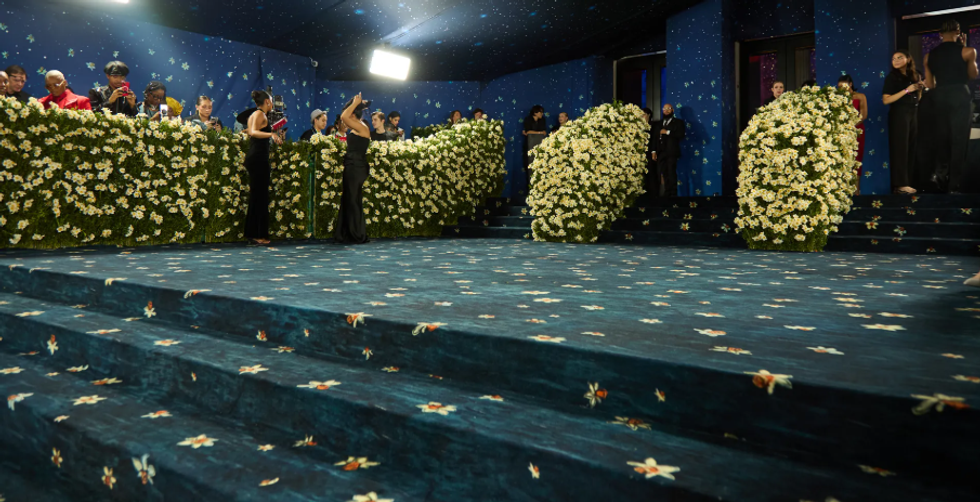
The deep royal blue carpet, measuring an expansive 63,000 square feet, featured delicately painted golden daffodils and floral motifs. While the final design was created by the Met Gala team, Neytt provided the foundational rug — a pristine white canvas, handwoven in Alleppey — on which the artwork was hand-painted. The result was a breathtaking setting that perfectly complemented the opulent theme and celebrity styles of the night.
In a post shared on Instagram on 6 May, Neytt expressed pride in contributing to one of fashion’s most prestigious events yet again. “No big deal — just our rug at The Met, again! We’re incredibly proud to have provided the Met Gala carpet for the THIRD time,” the caption read. The brand also paid tribute to their in-house team, calling them the “real heroes behind the scenes”.
A behind-the-scenes video revealed the meticulous process behind the carpet's creation. The video, which quickly gained traction online, showed the stages of weaving and preparation, highlighting the attention to detail and craftsmanship involved. Responses poured in from across the globe, particularly from Malayalee communities who celebrated the achievement as a proud moment for Kerala. One comment read, “You guys are doing Kerala so, so proud,” while another added, “Indeed a 'blue carpet' moment for all Malayalees across the globe.”
Though Neytt may be a relatively new brand, its parent company has a legacy that dates back over a century. Founded in 1917 by the grandfather of current co-founder Sivan Santhosh, the company has long been a pillar of Kerala's traditional weaving industry. Extraweave, the umbrella company established in 2000 by Sivan’s father, gave rise to Neytt — a luxury rug label that places sustainability and artisanal excellence at its core. Sivan and his wife Nimisha launched Neytt with the goal of pushing boundaries in the premium lifestyle floor coverings sector, with a strong focus on using sustainable and exotic raw materials like sisal, lyocell, linen, and seagrass.
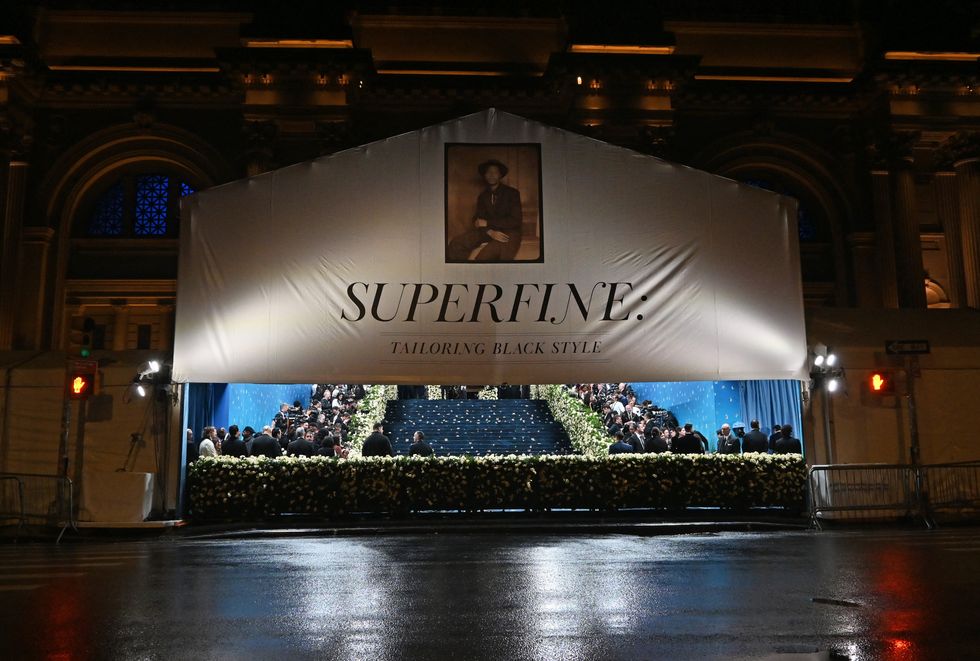
Their consistent commitment to craftsmanship and eco-conscious design has earned them collaborations with global giants such as Ralph Lauren Home, Pottery Barn and IKEA. Neytt has also supplied rugs for high-profile international locations, including the White House, and it was one of these collaborations that eventually connected the brand to the Met Gala team via a US-based partner, Fibreworks.
Reflecting on their first involvement with the Met Gala, Sivan recalled being approached to create a specific rug made from sisal fibre. “We collaborated with Fibreworks in the United States… They wanted this specific rug to be made through us. Fibreworks connected us with the Met Gala team, and we worked closely with them,” he told Vogue India in 2023. The brand produced 58 rolls of carpet, each measuring 30 metres by 4 metres, in just 60 days for the 2023 event, a mammoth task that solidified Neytt's standing in the international design community.
This year’s edition was no different in scale or ambition. The royal blue carpet not only stood out for its striking aesthetic but also reinforced the Gala’s subtle shift towards sustainable luxury. Neytt’s use of biodegradable sisal fibres sourced from Madagascar is in line with their philosophy of “building a better tomorrow”, as noted on their website. Their fully integrated production facility in Alleppey ensures a streamlined, in-house process — from raw material processing to the final hand-finished product.
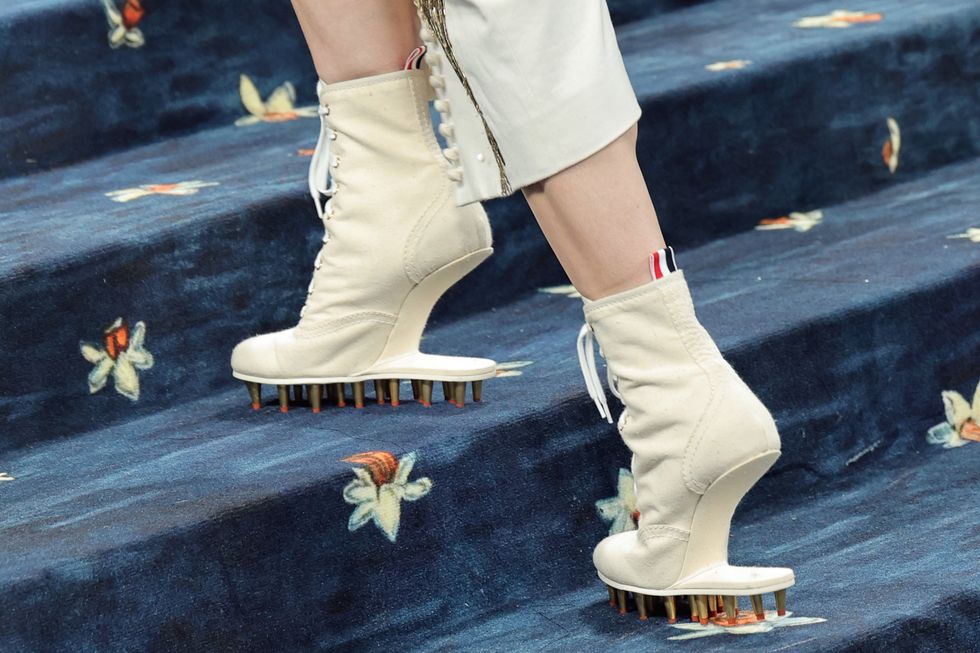
In addition to sustainable materials, Neytt’s designs are known for their narrative quality. The brand frequently partners with artists and designers to create limited-edition pieces that tell stories through texture, colour and pattern. This emphasis on storytelling is what makes their carpets more than just floor coverings, they become part of a larger aesthetic and cultural moment.
The Met Gala is one of fashion’s most-watched events, with every detail scrutinised by millions across the world. For a brand from Kerala to play such an integral role on this global stage, and to do so for the third consecutive time, is no small feat. It marks a moment of recognition not just for Neytt, but for Indian craftsmanship at large.
In an industry increasingly turning towards authenticity, craftsmanship and sustainability, Neytt’s rise serves as a reminder of India’s rich artisanal traditions and their potential to shine on the world stage. As cameras captured celebrities striding across the magnificent blue carpet, the story woven into every thread quietly told its own tale, of heritage, innovation, and homegrown pride.
With Neytt at its feet, Met Gala 2025 was not only a celebration of fashion but also a tribute to craftsmanship rooted in tradition and elevated to global acclaim.
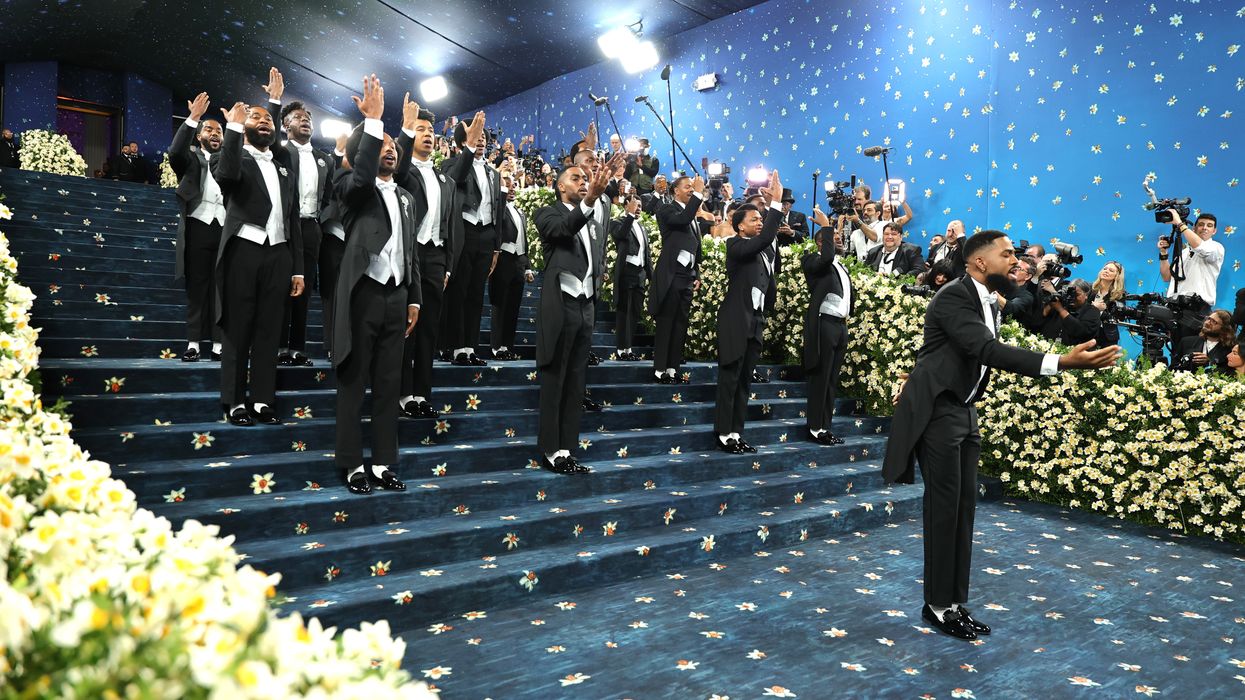






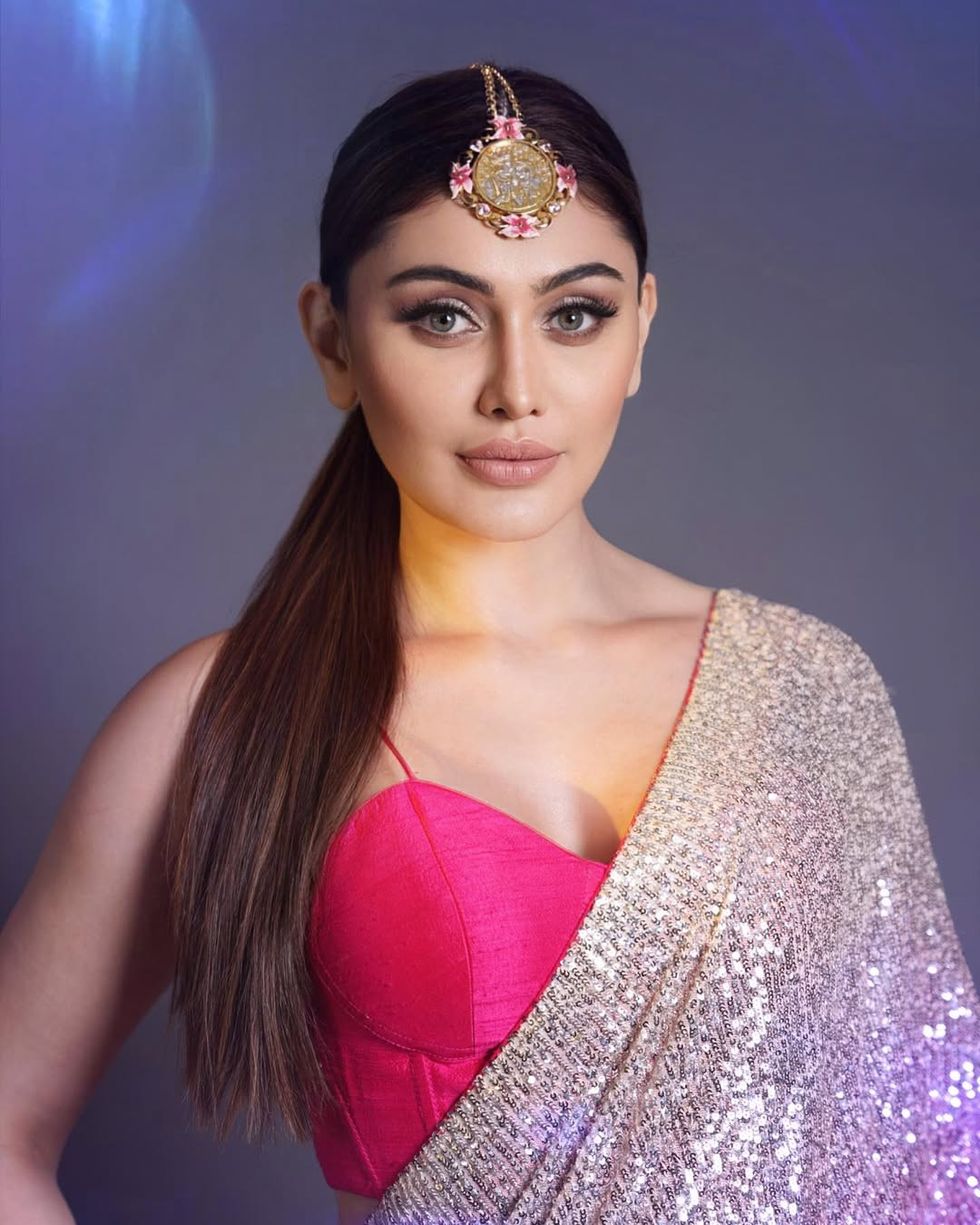 Shefali Jariwala death raises concern over anti ageing drugs and self medication Instagram/shefalijariwala
Shefali Jariwala death raises concern over anti ageing drugs and self medication Instagram/shefalijariwala 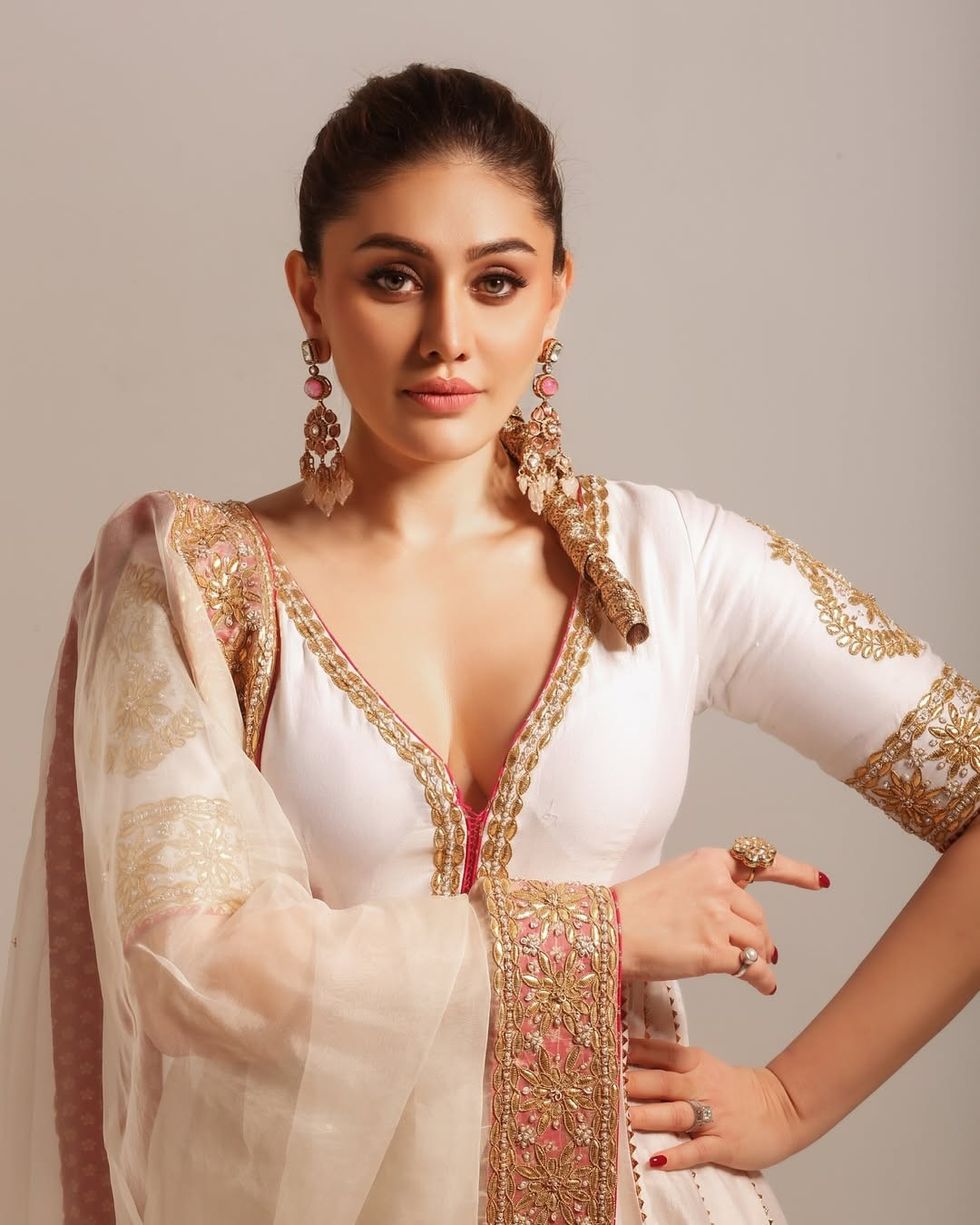 Anti ageing pills found at Shefali Jariwala home spark health safety debate Instagram/shefalijariwala
Anti ageing pills found at Shefali Jariwala home spark health safety debate Instagram/shefalijariwala 










 Prada confirms Kolhapuri chappals inspired its 2026 Milan collectionInstagram/
Prada confirms Kolhapuri chappals inspired its 2026 Milan collectionInstagram/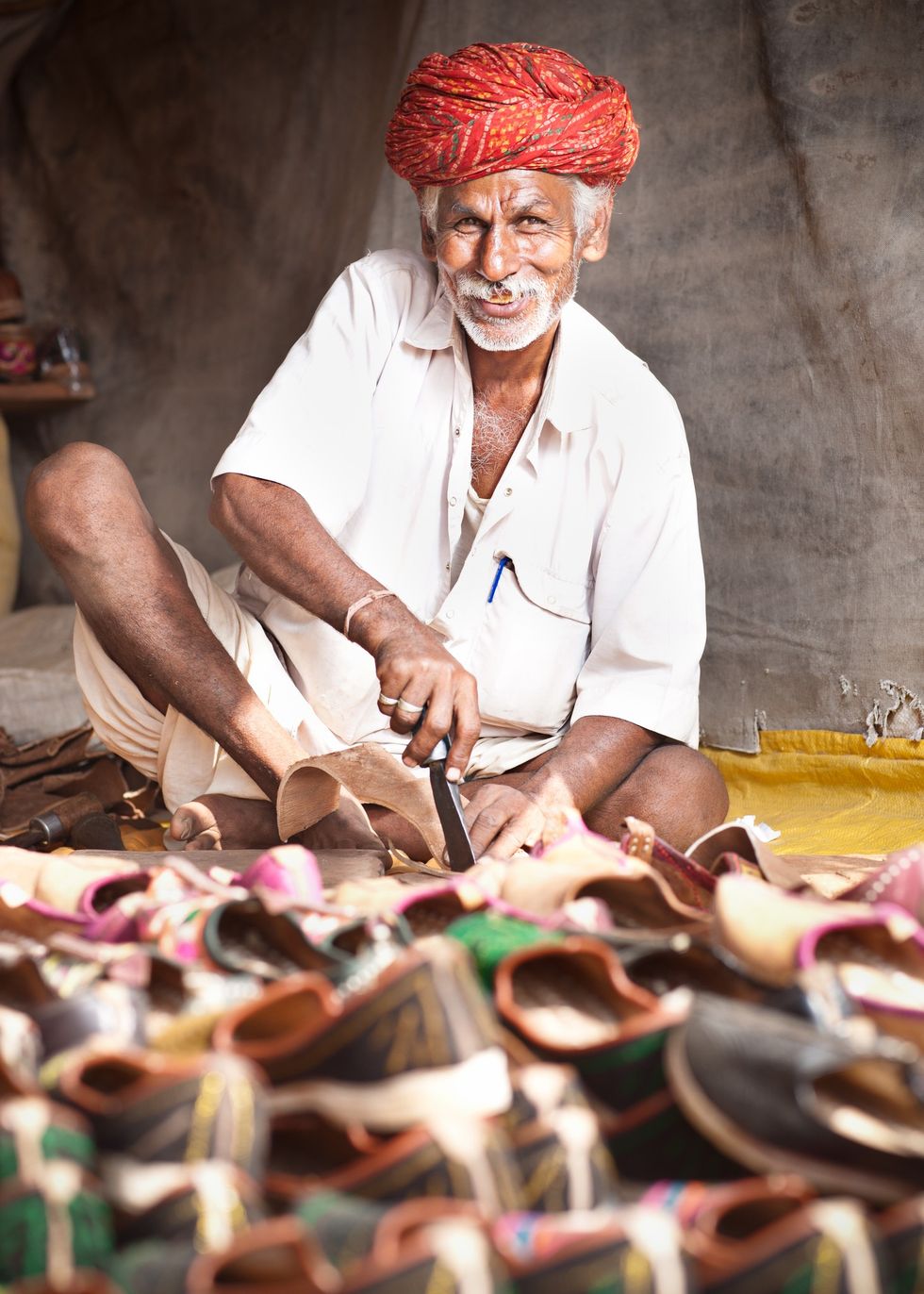 Kolhapuri chappals have been crafted for centuries and received GI tag in 2019 iStock
Kolhapuri chappals have been crafted for centuries and received GI tag in 2019 iStock 
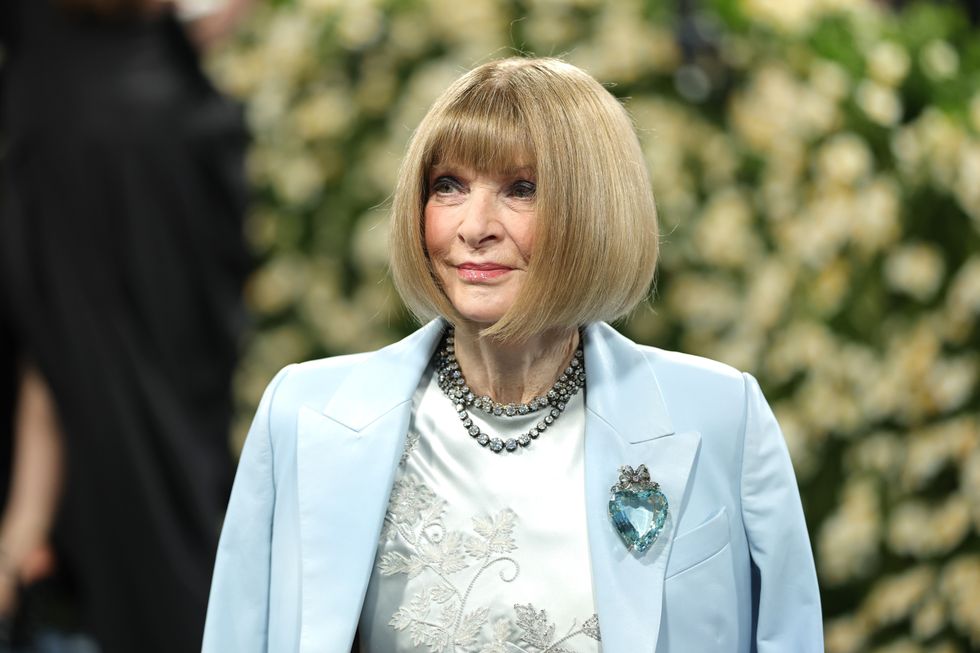 Wintour also became synonymous with the Met GalaGetty Images
Wintour also became synonymous with the Met GalaGetty Images
 Your hair benefits from sun protection tooDimps Sanghani
Your hair benefits from sun protection tooDimps Sanghani Both chlorine and saltwater strip hair of natural oils, leaving it brittleiStock
Both chlorine and saltwater strip hair of natural oils, leaving it brittleiStock Using too many styling products in hot weather can weigh hair down and attract grimeiStock
Using too many styling products in hot weather can weigh hair down and attract grimeiStock
 Pride is about honouring those who came before us and ensuring our stories are not lostInstagram / elladverma
Pride is about honouring those who came before us and ensuring our stories are not lostInstagram / elladverma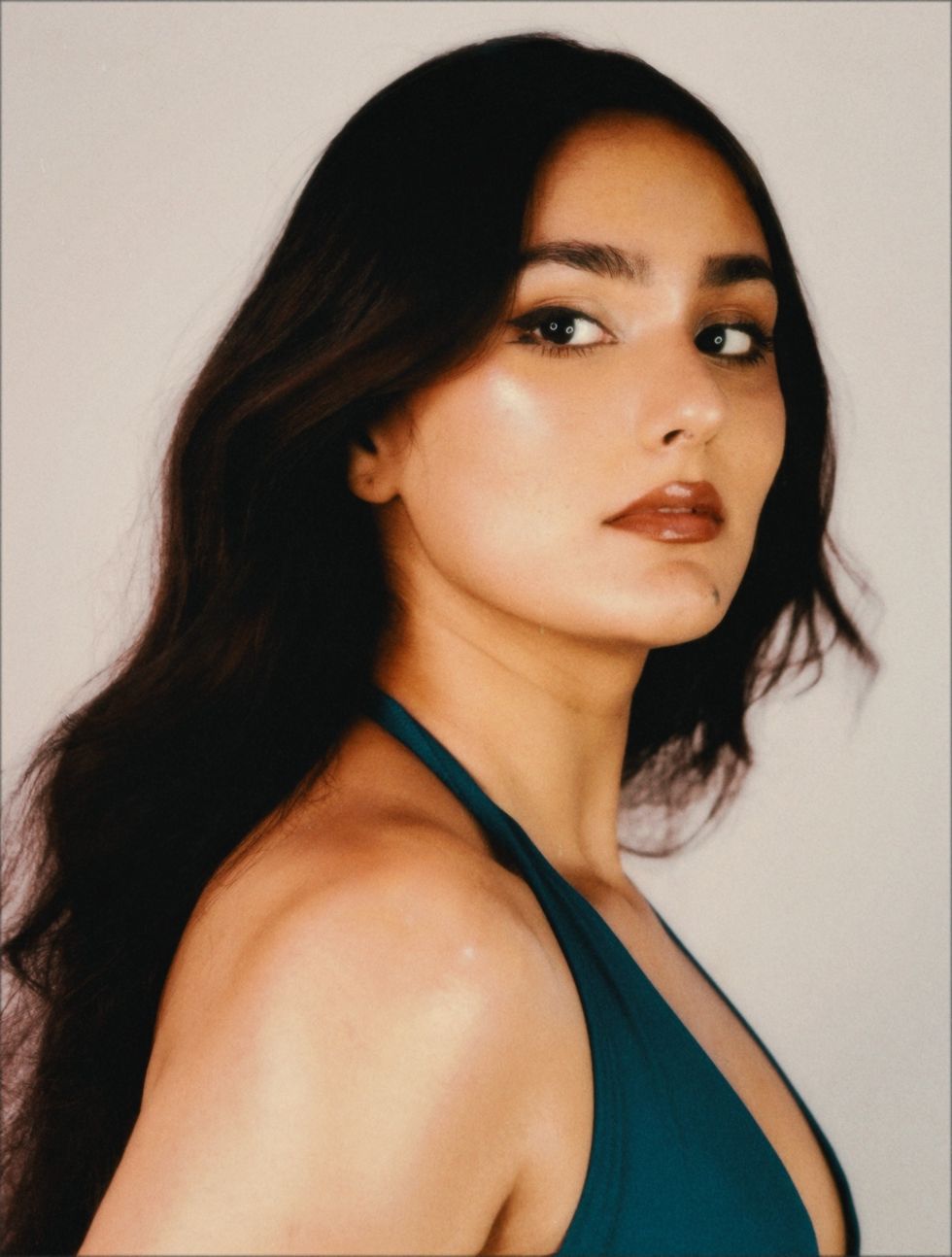 Lockdown made me realise the fragility of lifeInstagram / elladverma
Lockdown made me realise the fragility of lifeInstagram / elladverma You cannot make meaningful change without representation in mainstream mediaInstagram / elladverma
You cannot make meaningful change without representation in mainstream mediaInstagram / elladverma